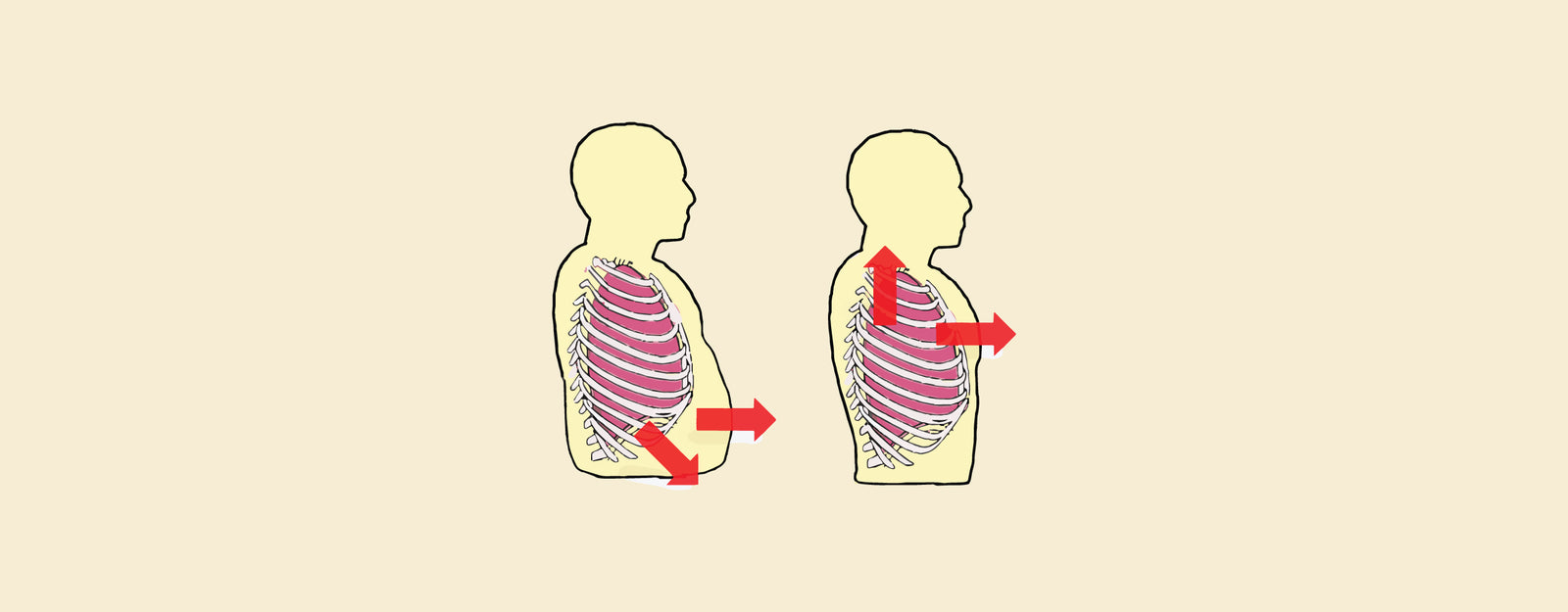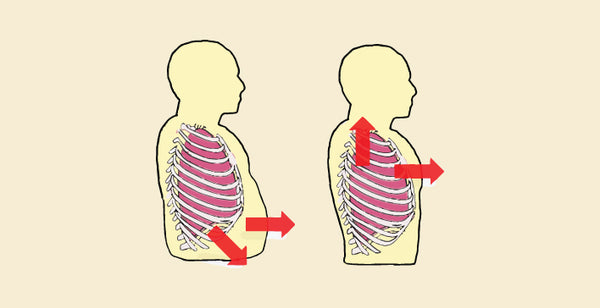Difference Between Superficial Fascia and Deep Fascia: Fascia is a robust yet flexible connective tissue that helps support and stabilise our bodies. It has two primary layers with unique functions: Superficial Fascia and Deep Fascia. Deep fascia differs from superficial fascia in terms of location, density, and composition. Superficial fascia, often known as subcutaneous tissue, is the loose, fatty layer directly beneath the skin. It varies in thickness across the body, with thicker places like the palms, soles, and buttocks providing cushioning and thinner areas like the eyelids. The superficial fascia is made up of a network of blood arteries, nerves, and lymphatic vessels that assist to insulate the body, store energy, and allow for skin mobility. In contrast, deep fascia is a very thick and more fibrous connective tissue layer that lies deep to the superficial fascia. It surrounds and separates individual muscles and muscle groups, organs, and other internal structures, providing support and structure. Deep fascia can further be classified into two subtypes: epimysium, a thin layer directly adhering to muscles, and fascial sheaths, which enclose entire muscle groups.
Difference Between Superficial Fascia and Deep Fascia
Superficial fascia and deep fascia are both types of connective tissue found within the body, serving distinct roles in anatomical structure and function. Highlighting the key differences between superficial fascia and deep fascia:
|
Feature |
Superficial Fascia |
Deep Fascia |
|
Location |
Superficial, beneath the skin |
Deeper, surrounding muscles, bones, and organs |
|
Composition |
Loose connective tissue, adipose tissue, blood vessels, nerves |
Dense connective tissue, collagen fibers |
|
Thickness |
Generally thinner |
Thicker and denser |
|
Function |
Protection, insulation, nutrient storage |
Structural support, organization, barrier against infection |
|
Attachment |
Attaches to skin and deep fascia |
Attaches directly to muscles, bones, and organs |
|
Mobility |
Greater mobility between skin and underlying structures |
Provides stability, limits movement between adjacent structures |
|
Vascularization |
More blood vessels and lymphatics |
Fewer blood vessels and lymphatics |
|
Innervation |
Contains sensory nerves |
Fewer sensory nerves |
|
Appearance |
Looser, more pliable |
Denser, more fibrous |
|
Clinical Importance |
Involved in liposuction, injections |
Crucial in surgeries, provides roadmap for incisions and tissue dissection |
Order the Best Jogger Scrub from Here!
What is Superficial Fascia?
The superficial fascia, also known as the hypodermis or subcutaneous tissue, is a loose connective tissue layer located directly beneath the skin. It contains many fat cells, which assist to insulate the body, store energy, and offer cushioning. The thickness of the superficial fascia varies across the body, with thicker places like the buttocks and thighs and thinner areas like the eyelids.
Explore All Women's Scrub
Key Features of Superficial Fascia:
- Lies immediately beneath the skin, producing a continuous film throughout the body.
- Loose connective tissue that contains fat, nerves, blood vessels, and lymphatic vessels. The fat concentration changes according to body location, which influences body form and insulation.
- Provides a lubricating layer for skin movement, cushions underlying tissues, and stores fat as energy. It also serves to transmit blood vessels, nerves, and lymph vessels throughout the body.
- The thickness and content of superficial fascia varies by body location. The eyelids are narrower, but the palms and soles are thicker, providing superior cushioning.
What is Deep Fascia?
The deep fascia is a thick, fibrous connective tissue layer that lies under the superficial fascia and protects muscles, bones, nerves, blood vessels, and organs. It supports these structures, separates them, and transmits muscular contraction forces.
Shop Best Lab Coats from Here!
Key Features of Deep Fascia:
- Lying deep to the superficial fascia, it envelops muscles and muscle groups. It connects to bones, tendons, and ligaments, producing a continuous network of support.
- Dense connective tissue containing collagen fibres. This thick structure offers strength and stability.
- Serves as a structural framework, dividing and supporting muscles and other tissues. It also conveys the force generated by muscle contractions and aids in body posture. Deep fascia also forms compartments throughout the body, which keeps muscles organised and prevents them from rubbing against one another.
- Deep fascia creates fascial compartments that contain distinct muscle groups, blood vessels, and nerves. This compartmentalization promotes organised movement while protecting important structures inside each compartment.
Browse Best Scrubs Collection
Similarities Between Superficial Fascia and Deep Fascia
- Both are connective tissues that provide structural support and organisation to the body.
- Both superficial and deep fascia create continuous sheaths surrounding muscles and other tissues.
- Both layers help to safeguard underlying structures, albeit to varying degrees.
- Both forms of fascia integrate blood vessels and neurons to varied degrees, although their density and distribution may differ.
- Both types of fascia work together with neighbouring tissues and structures to maintain the body's general design.
Understanding the body's connective tissue architecture involves two unique layers: superficial fascia and deep fascia. The location and nature of superficial fascia distinguish it from deep fascia. Superficial fascia, commonly known as subcutaneous tissue, is located directly beneath the skin. It is a loose, fatty layer that houses nerves, blood arteries, and lymph nodes. Deep fascia, on the other hand, is a thicker, more organised layer that surrounds muscles, bones, organs, and nerves. It provides structural support, divides muscle groups, and distributes forces throughout the body.















